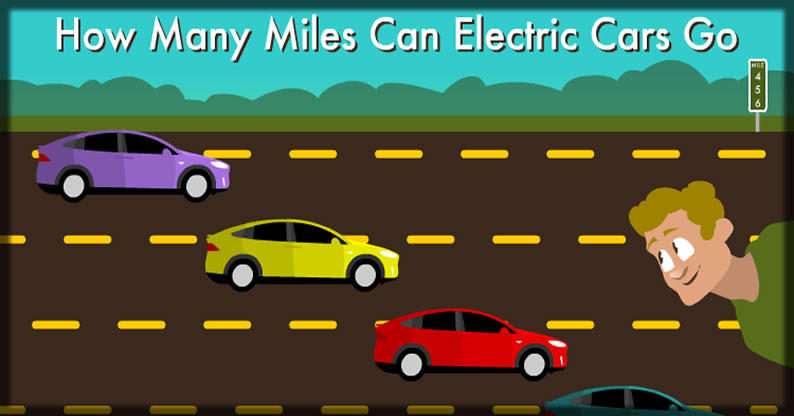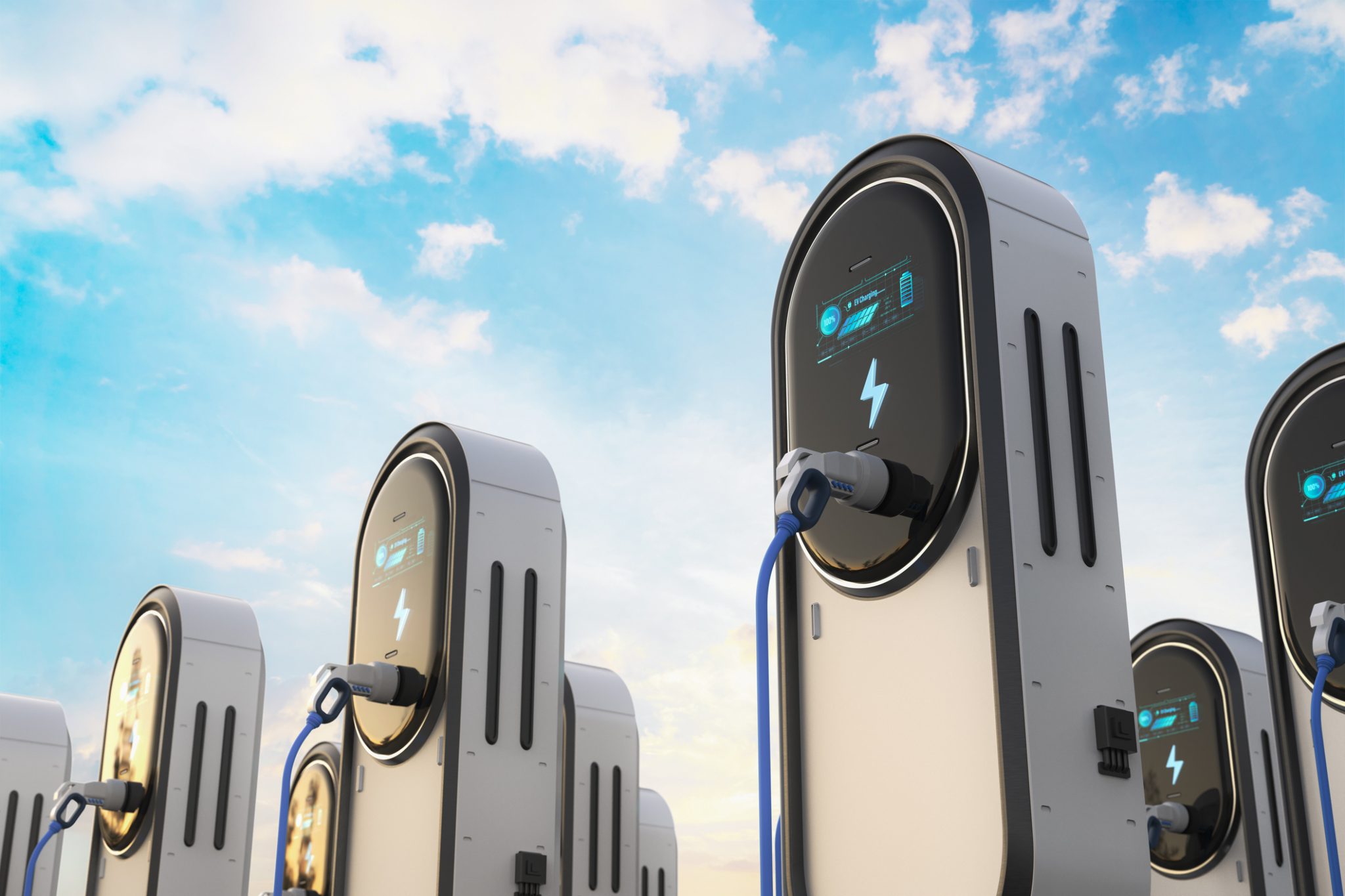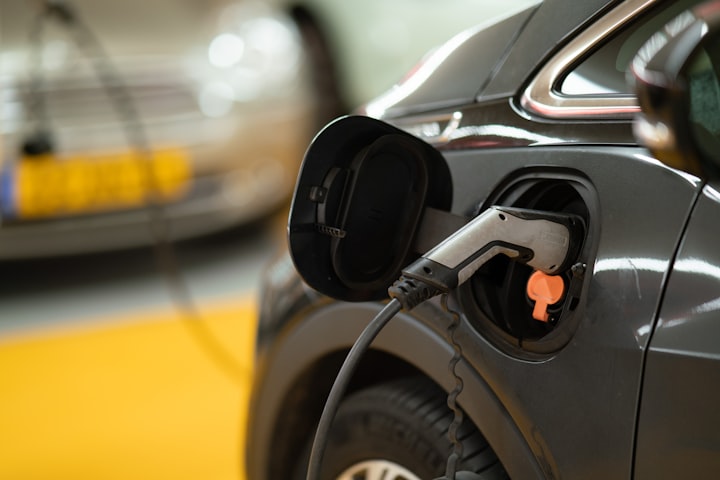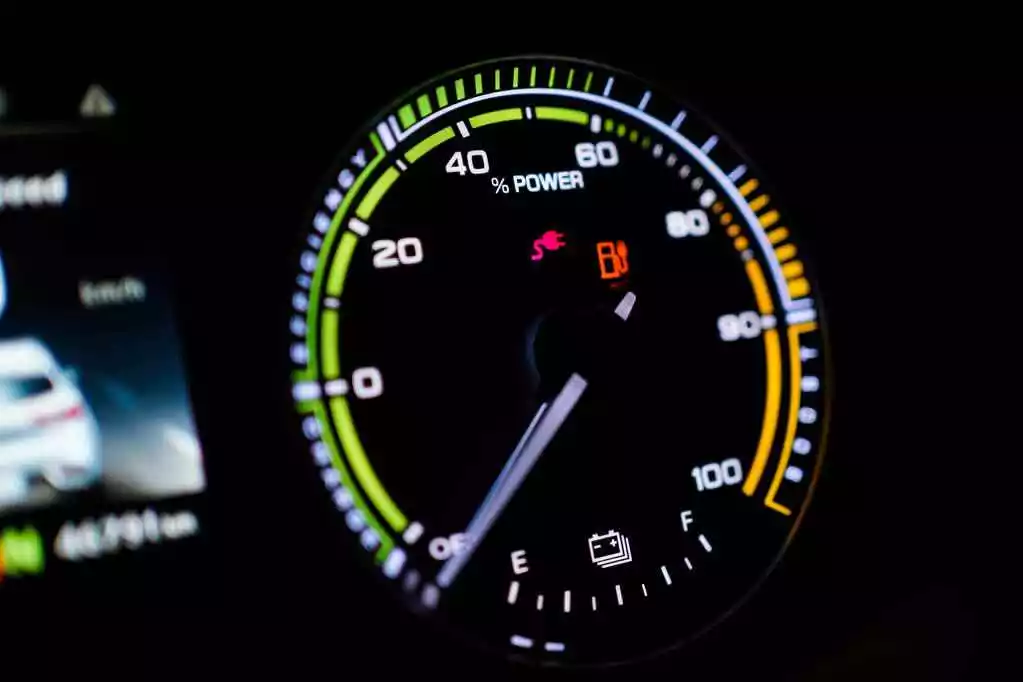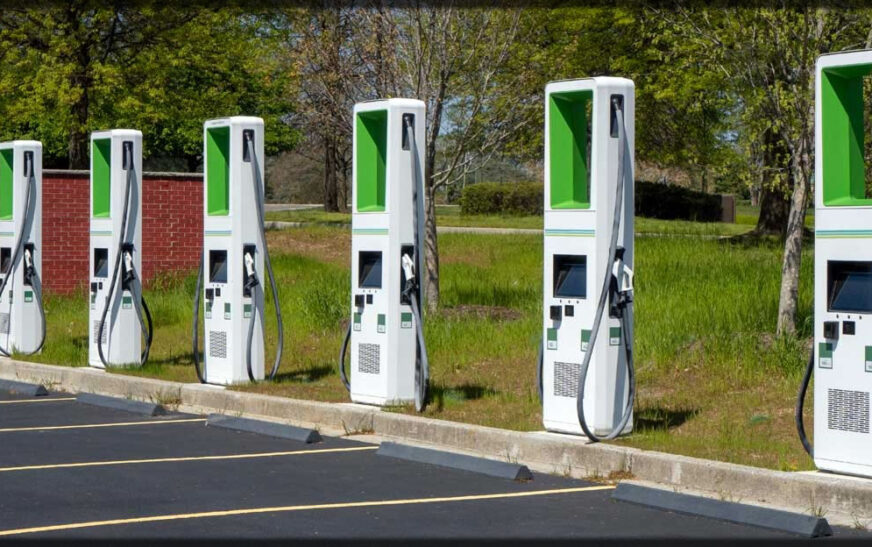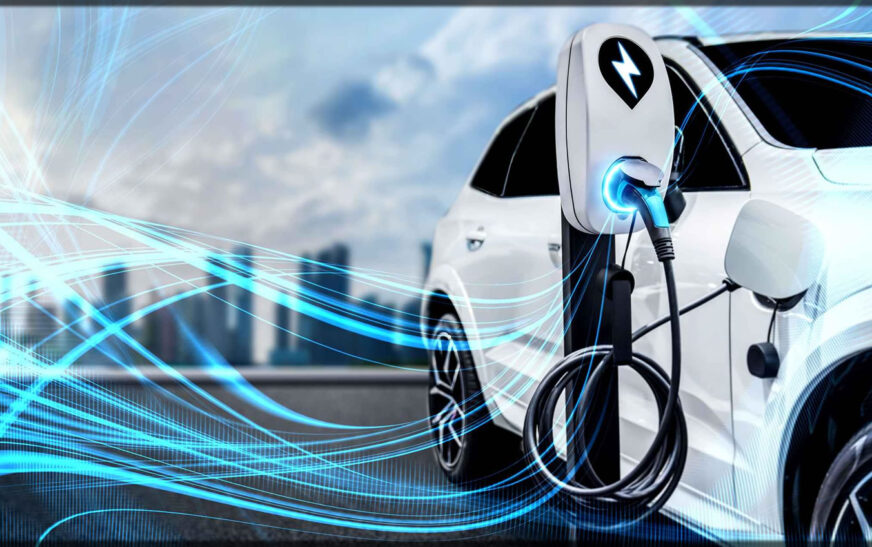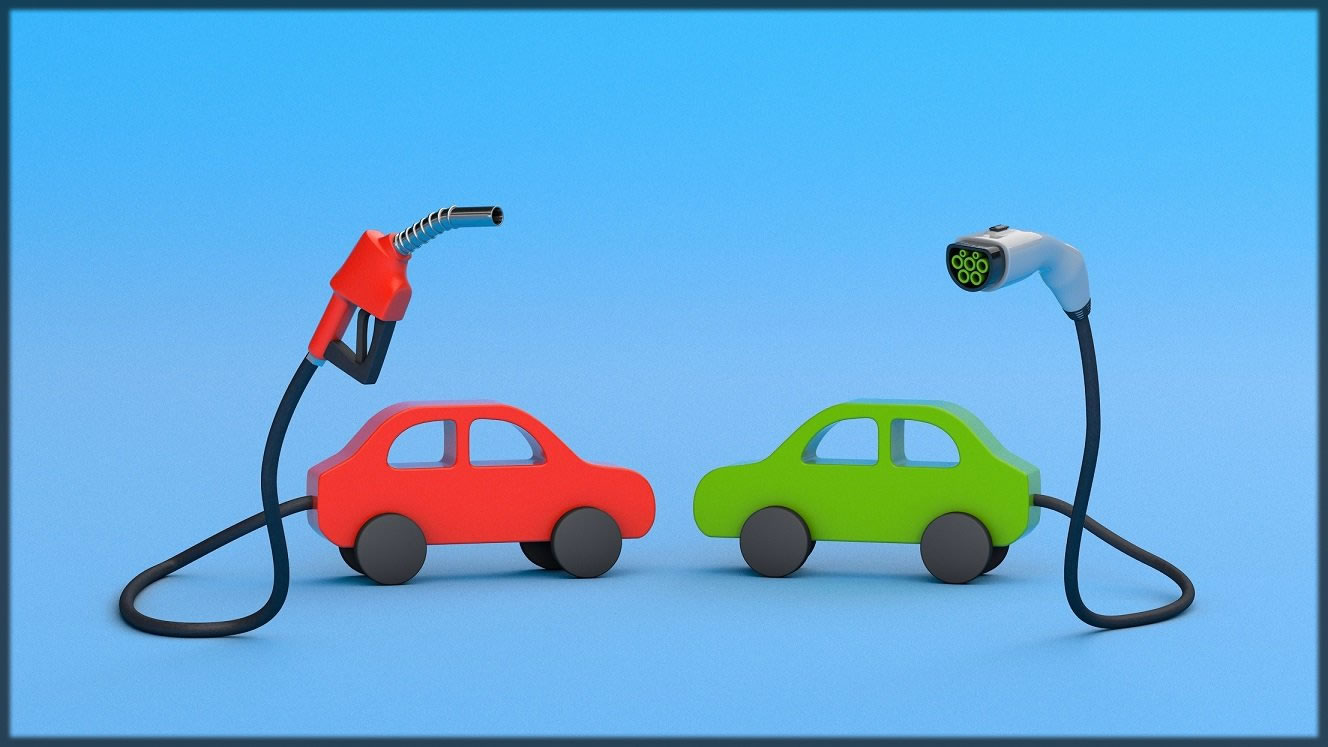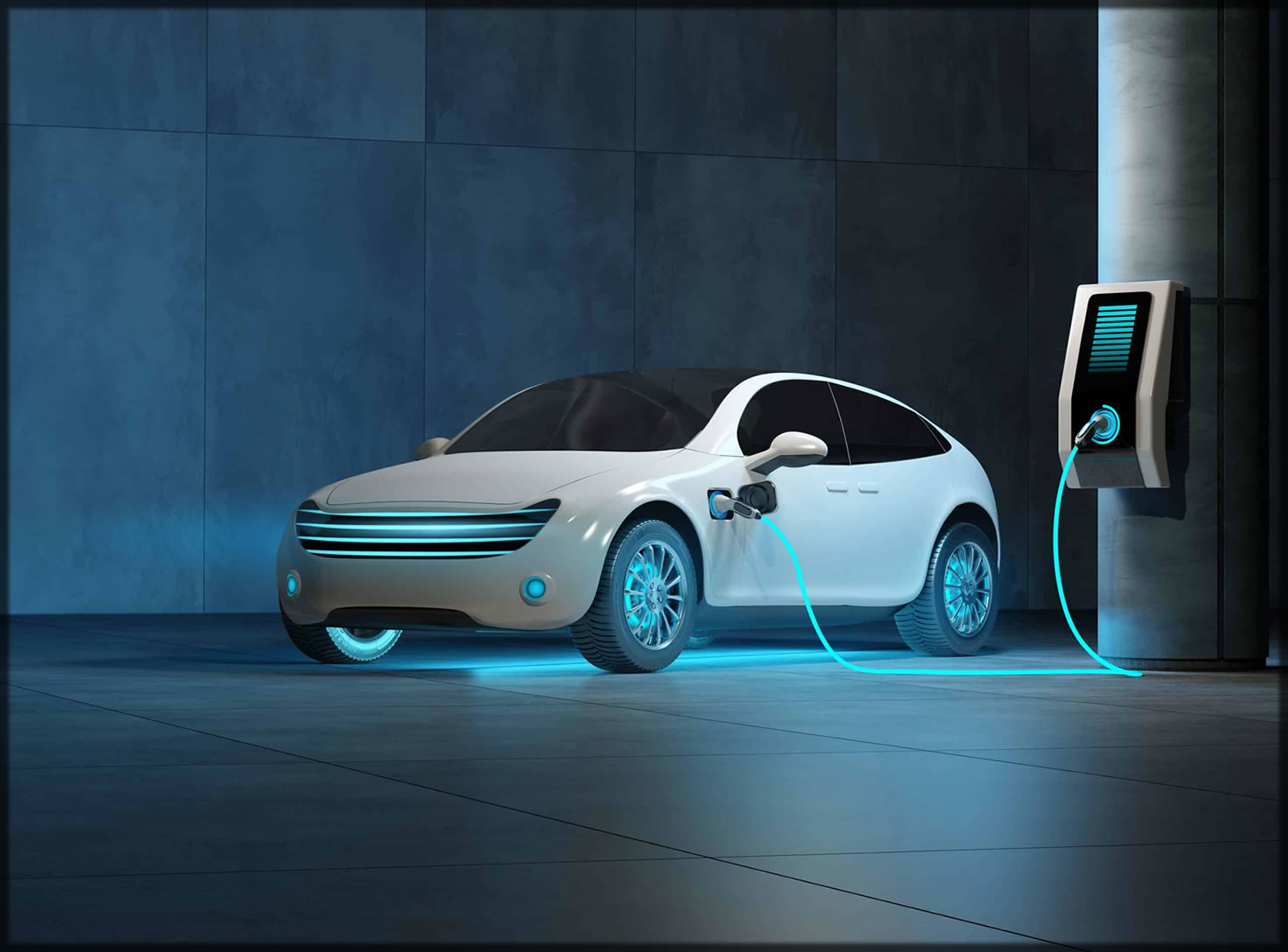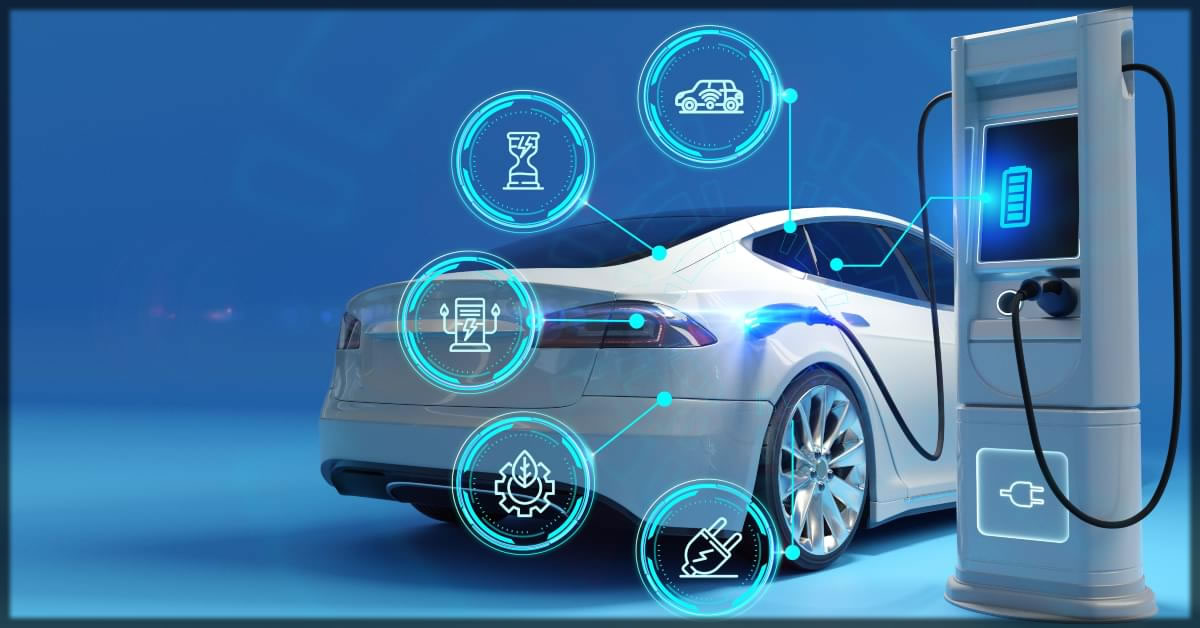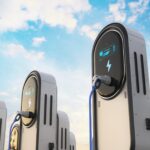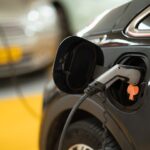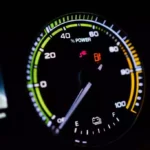How Much Can Electric Cars Actually Travel? Electric car range. Electric cars have come a long, long way in development, having transitioned over years from environmentally friendly substitutes for conventional cars to a norm in current transportation. With numerous questions, one must address when contemplating an EV, one of the most widespread is:
How much can actually drive an electric car on a single charge?
1. EV range and its function
The range of an EV simply tells its driving distance, when full, between recharging, when it will run out of charge and must be recharged. EV range is most likely one of the most significant factors for buyers when deciding whether an EV will suffice for commuting, driving trips, and long trips, respectively. The average for most EVs in current productions is between 150 and 350 when fully charged. Premium productions, specifically Tesla and similar, have range capacities over 400 miles.
2. Battery Dimensions and Energy: The Nucleus of EV Range
The most important part of any electric car is its battery, and its dimensions and capacity have a big role in determining its range. With a big battery, one can store a lot of energy, and that, in its turn, will mean a big range. Battery capacity is calculated in terms of kilowatt-hours (kWh), and most new EVs feature batteries with capacities between 40 kWh and over 100 kWh.
Small batteries (40-60 kWh):
Small battery EVs, such as Chevrolet Bolt EV (66 kWh), have a range of 150 to 250 miles between recharging sessions. Smaller batteries make them less expensive and ideal for commuters with shorter trips and for city driving in general.
Larger Batteries (70-100+ kWh):
High-performance and long-ranges EVs like Tesla Model S Long Range and Rivian R1T feature batteries with capacities between 70 and 100+ kWh. With such batteries, such cars can go 350 and over 400 miles in a single charge, and hence, can cater to long-distance drivers and long-commutes and weekend trips for added range requirements.
Although a larger battery will provide a greater range, it will contribute to added weight, expense, and sometimes added complexity for a car. As manufacturers make these considerations, range, price, and performance must then be balanced in a trade-off.
3. Car Efficiency: It’s Not All About Battery Capacity
Apart from battery capacity, efficiency in an electric car will have a big role in determining its range. Efficient cars use less energy for a same distance, and that can make a car with a smaller battery have a larger range. There can be many factors contributing to a car’s efficiency:
Aerodynamics
Aerodynamics helps in reducing drag, a force acting in opposition to a car in motion through the atmosphere. With an aerodynamic, streamlined shape, an EV can maintain a constant velocity with less energy, becoming more efficient and having a larger range. The Tesla Model 3 is a ideal example of an efficient car, partly because its narrow shape lessens its drag and extends its range.
Weight
The efficiency of an EV is yet a significant consideration. Heavy automobiles consume a lot of energy to move and build momentum. To counteract this, companies utilize lighter materials, such as aluminum and carbon, in an attempt to make automobiles lighter in general. The BMW i3, with its build of carbon-fiber reinforced plastic, is lighter and, therefore, more efficient, and can therefore have a larger range with its smaller battery compared to its competition in its similar dimensions.
4. Road and Traffic Conditions and How They Impact EV Mileage
Whereas car and battery configuration matter, driving behavior plays a significant role in choosing range for an EV in a single charge. There are a variety of factors and geographical factors in the environment that can both extend and curtail range:
Meteorological Status:
Low temperatures have a significant impact in dropping an EV’s range, even to 30% and even below.
Excess Heat: Heat can even result in range loss through excessive use of air conditioning. In addition, prolonged use at high temperatures can overheat a battery, damaging its long-term health and range in the long run.
Terrain
Hilly and Mountainous Terrain: Hills and hills and mountains require a lot of energy to climb and drive in, and subsequently drain an EV’s range. On the other hand, descending a hill can recover some energy through regenerative braking.
City vs. Highway Driving: Stop-and-go urban driving: EVs will consume less in urban driving with numerous stops, with regenerative braking providing a feedback of energy during deceleration.
Highway driving: On highways, EVs drive economically because the car is moving at a constant velocity. Most times, range will therefore be at, and sometimes even exceed, the predicted range, most notably for cars with a high level of aero efficiency.
5. Regenerative Braking: Recovering Lost Energy
One of the most significant capabilities in most new EVs is regenerative braking, a feature that converts kinetic energy into electrical energy when a car is decelerating. Regenerative braking harvests part of the energy that is normally wasted and stores it in a battery. Regenerative braking is most effective in stop-and-go driving and downhill driving, and can allow a car to regain part of its lost energy.
6. Charging Infrastructure: Overcoming Fear of Range
Perhaps one of the largest deterrents for long-distance EV driving is charging infrastructure. For owners of EVs, having access to a convenient, widespread charging network is key in lessening range anxiety—the fear of having one’s charge run out of juice before one reaches a nearby charging site.
They can be grouped according to charging velocity:
Level 1 Charging (120V): Level 1 is a slow form of charging, and most residential outlets have it. Level 1 takes 12-24 hours to charge an EV when it is at zero, and therefore, is not useful for long-distance driving.
Level 2 Charging (240V): Common in residential, commercial, and public charging spaces, these can refuel an EV in 4-10 hours, with variation in duration in relation to car and battery capacity.
DC Fast Charging: With a dc fast charger, an EV can be filled to 80% in about 30 minutes, and can, therefore, be ideal for long-distance driving and long trips.
7. EV range in the future
The future of range for EVs with ever-improving battery technology:
Solid state batteries, with a solid electrolyte instead of a liquid, can have a high chance of having a high energy density, i.e., storing a lot of energy in a similar form and weight. That could mean even range-extended EVs
Recycling batteries: Recycling technology for batteries will make high-energy batteries less expensive, and, in consequence, less pricey for buyers, and will have a chance to make long-range EVs less pricey overall.
Faster Charging: Charging technology is also in a positive direction, with high-speed charging technology in pipeline that can charge an EV in 15-20 minutes.
Conclusion
The range of electric cars grew incredibly in the past decade, and modern EVs have capacities that make them ideal for commuting and even long trips. Most EVs today have a range between 150 and 400 when full, but real range varies with such factors as battery capacity, driving, terrain, and driving behavior. However, with technology in development, future EV range sees even larger improvements in distance and refuel times, and electric cars an even viable option for most drivers worldwide.

